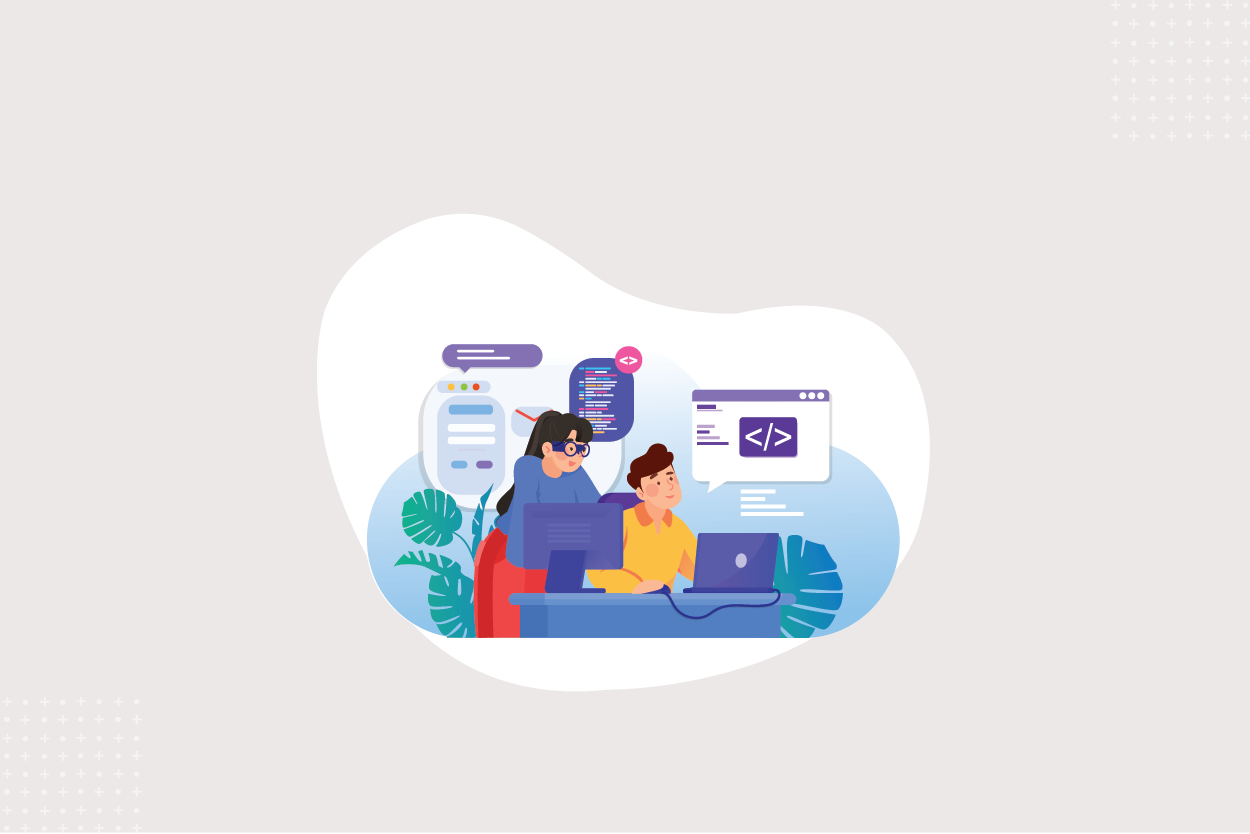Throughout the decades, various software development methodologies have been introduced. The goal is to assist you in creating better software development projects. There is, however, no one-size-fits-all methodology for every development team.
Continue reading to discover which software development methodology is perfect for you.
What Is Software Development Methodology?
Software development methodology directs to the systematic processes involved in creating a project. The technique combines design ideals with pragmatic realities. The ultimate goal of a software development methodology is to provide a systematic software development plan.
Software development methodology provides a framework for engineers to collaborate and communicate effectively as a team. It simplifies communication and establishes how information is distributed among the team.
To get the most out of a certain approach, you must first understand the numerous labour processes. So, let’s take a look at some of the most often used development models to help you streamline your future business processes.
Top Software Development Methodologies for 2022 & Beyond
Customers have a plethora of choices regarding the leading development technique. Regrettably, determining the ideal path for your growth may be challenging. Consequently, to help you understand better, we’ve chosen some of the top development strategies for 2021 and beyond.
DevOps Development Methodology
One of the most recent entries to the list of most often used methodology, DevOps, has a popularity of 36%, making it one of the most regularly used ways in 2021.
Surprisingly, DevOps is more than a technique; it is a set of behaviours fostering business culture. This software approach automates security integration at all phases of development. It is an acronym for security, development, and operations.
DevOps deployment attempts to establish a platform for organisational change by allowing project departments to engage and simplify procedures.
Pros:
- Focused mainly on enhancing time to market the ready product.
- Lower the rate of failure for new releases.
- Reduce the time between fixes and minimise disruption while maximising reliability.
- Improve employee productivity and efficiency.
Cons:
- The continuous updates to their systems are unwanted.
- Not very compatible with different development environments.
- Some attributes require manual interaction, hindering the delivery pipeline of the process.
Suitable For:
The DevOps methodology is ideal for startups that need to operate at a faster pace without compromising on the bandwidth.
Agile Development Methodology
Agile is likely one of the most popular software development approaches over the years, ranking second on our list. Agile is popular as a platform, with 31.8% of global users; Agile deviates from the standard linear strategy. Instead of focusing on documentation, the platform is oriented toward user happiness.
Agile prioritises communication by breaking projects down into tiny sprints that can be completed in 1 to 4 weeks. The developers use this process to stay in close contact with the consumer and work with feedback to make the necessary modifications.
Pros:
- Improved communication among team members during development.
- Changes to the project can be readily controlled and corrected without disrupting the development timeline.
- Improved success rate and overall deliverable quality.
Cons:
- An excessive number of adjustments may cause the project’s emphasis.
- Because Agile stresses customer happiness, documentation might cause issues in the later stages.
- Agile development discussions and feedback can be time-consuming for developers and the entire team.
Suitable For:
The Agile technique is excellent for projects with rapidly changing requirements. If you’re breaking into a new market, you might consider using Agile for development.
The Waterfall Development Methodology
The waterfall approach is one of the oldest on the list, having been used in the development business for decades and being a powerful tool with 10% of worldwide users. It adopts straightforward, linear methodologies in which developmental phases are characterised as cascading, sequential processes.
This development program’s simplified vocabulary is better suited for teams with considerable or little design knowledge. One drawback of the platform is that developers cannot go to the next level until the previous one is done. Before designers can begin, developers, for example, must first establish.
Pros:
- Because of its linearity, this model is simple to understand, making the development process simple for new developers.
- Before development can begin, all deliverables and specifications must be thoroughly planned.
- There is no space for confusion due to the well-defined approach practice.
Cons:
- The methodology does not consider user input during the early phases of development, which raises the likelihood of straying from the desired route.
- Testing can only take place once the project has been finished. This makes it tough for engineers to fix problems later on.
- Because of the waterfall’s complexity, the approach is insufficient for complicated projects.
You are now aware!
Approaches to software development that will assist you in producing new software. Starting operations with your software development partner will be easier now that you have a thorough grasp of the procedures.
Keep in mind that while new techniques develop from time to time! The optimal solution for your team is determined by team structure, goals, experience, and project requirements, among others. Best regards!
